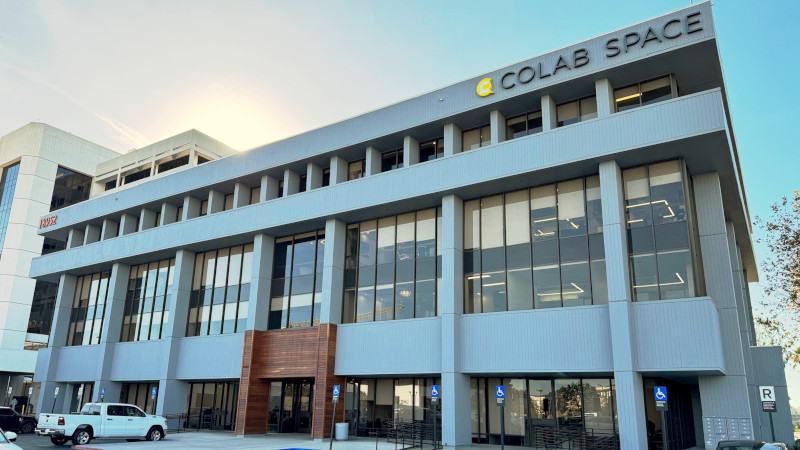
ASPINA Inc. has relocated its corporate headquarters to Irvine, California. This move. the company says, represents a significant milestone for ASPINA as it positions the company for continued growth and innovation.
The decision to move the corporate headquarters to Irvine aligns with ASPINA's commitment to enhancing operational efficiency and expanding innovation in the southern California area. The new location offers a dynamic business environment, access to top-tier talent, and proximity to key partners, all of which will contribute to the company's vision and ongoing success.
"We are happy to announce the relocation of our corporate headquarters to Irvine, a city known for its outstanding business community. Irvine is home to some of the top tech companies, start-ups, and UC Irvine, one of the top technical universities in the country," said Nick Lauro, senior vice president of ASPINA Inc. "This move indicates our dedication to operational excellence, strong commitment to the wellness of our team members, and that of our business partners and the community.”
ASPINA will transform its current Culver City location into a specialized Engineering and Technical Center as part of its overall vision and strategy. This decision aims to leverage and expand ASPINA’s technical resources, and improve research and development of new technologies and business models. The Engineering and Technical Center will play a crucial role in advancing ASPINA's core technologies and the invention of new ones. The Center will serve as a small eco-hub for start-up companies looking for help to ideate, develop, and build concept proofs and prototypes – even leveraging ASPINA know-how for manufacture.
"Our Culver City Engineering and Technical center will enable us to harness the expertise of our talented team and further solidify ASPINA's position as a leader in multiple industries including automotive, medical, space and robotics,” said Hiro Nakajima, chief technical officer.
Related Glossary Terms
- robotics
robotics
Discipline involving self-actuating and self-operating devices. Robots frequently imitate human capabilities, including the ability to manipulate physical objects while evaluating and reacting appropriately to various stimuli. See industrial robot; robot.






